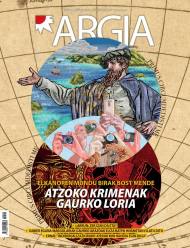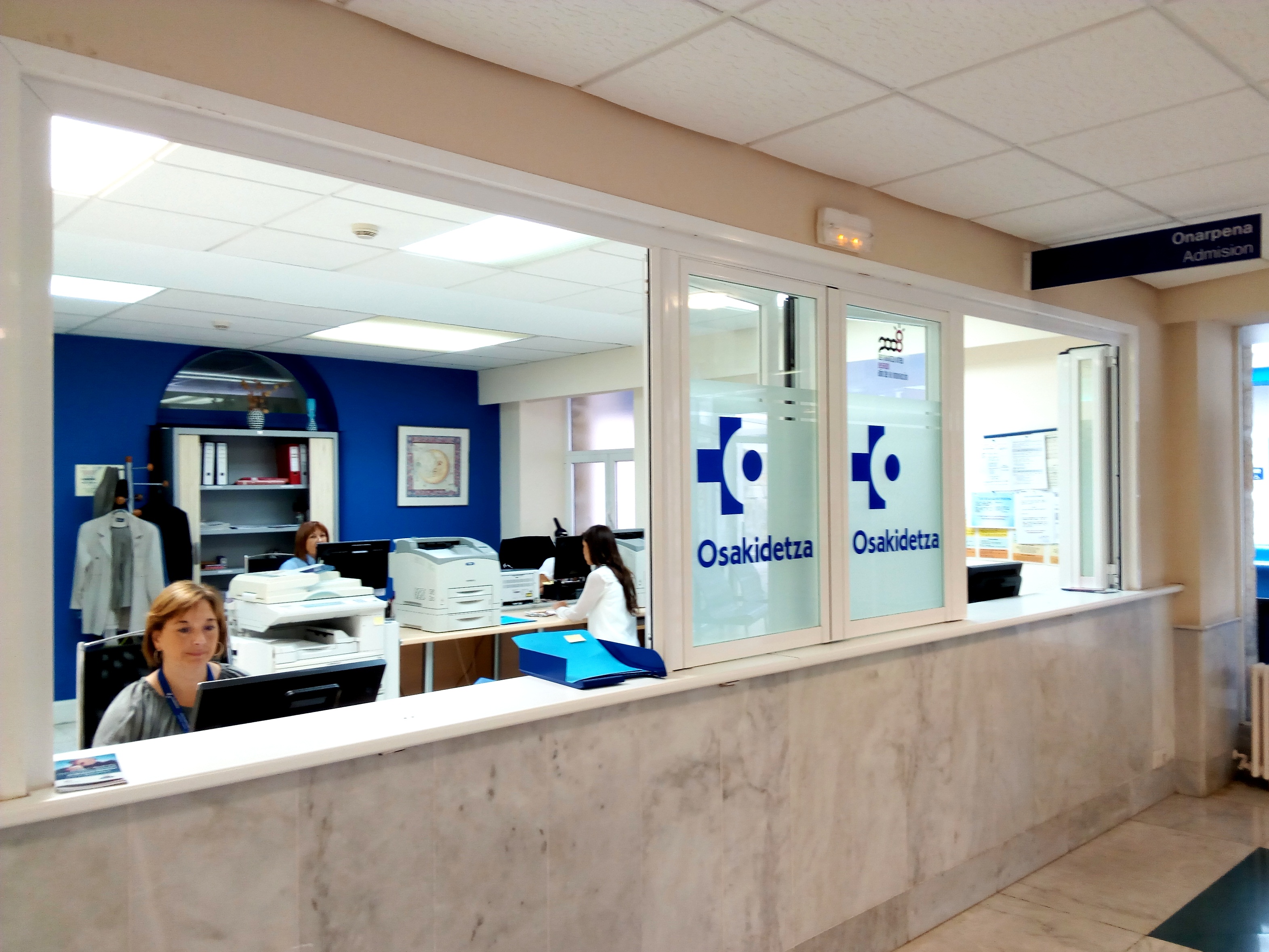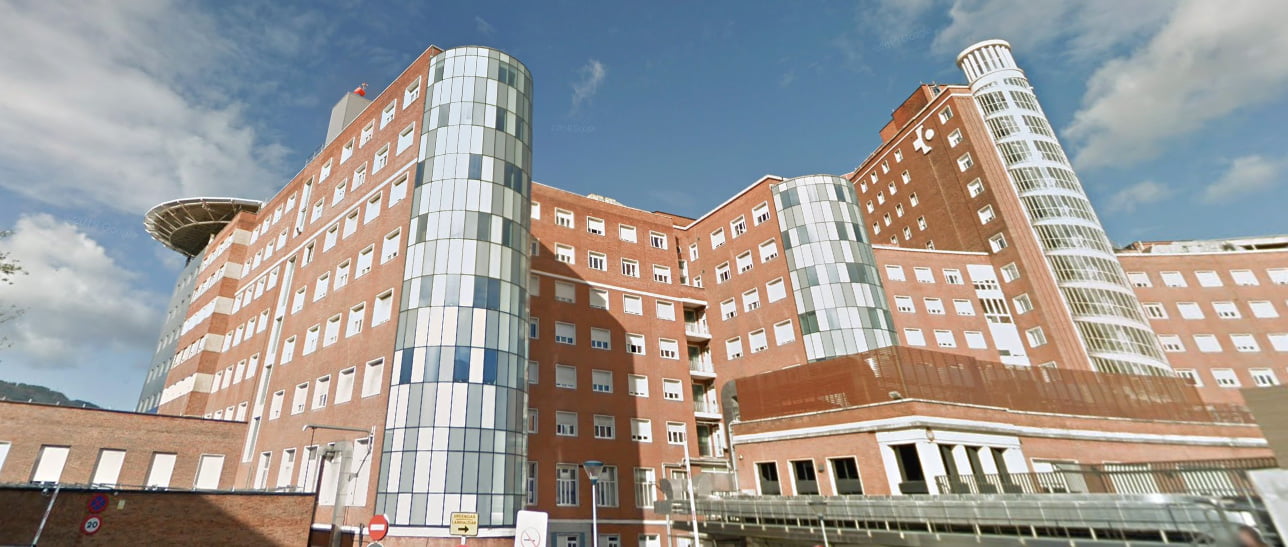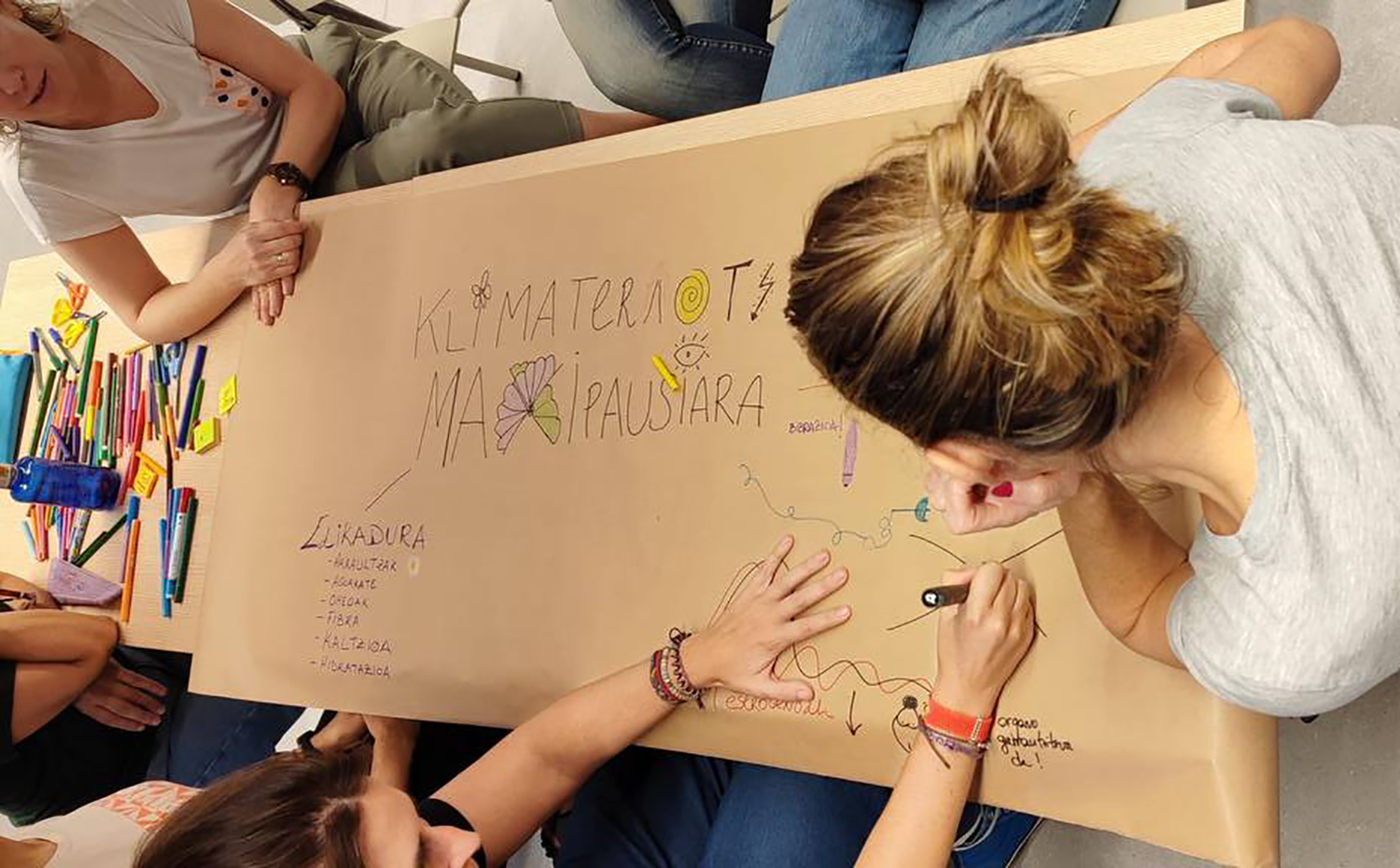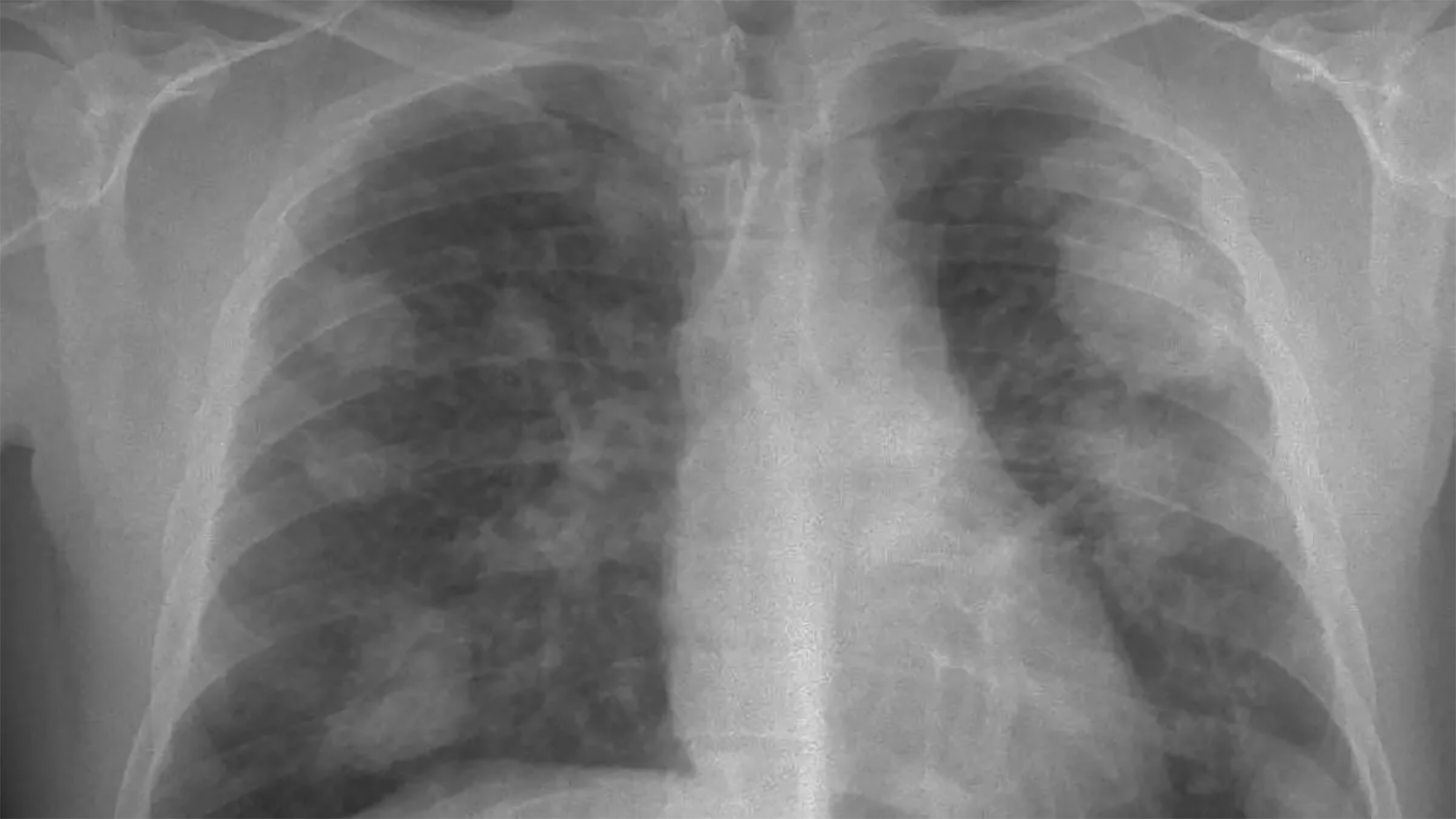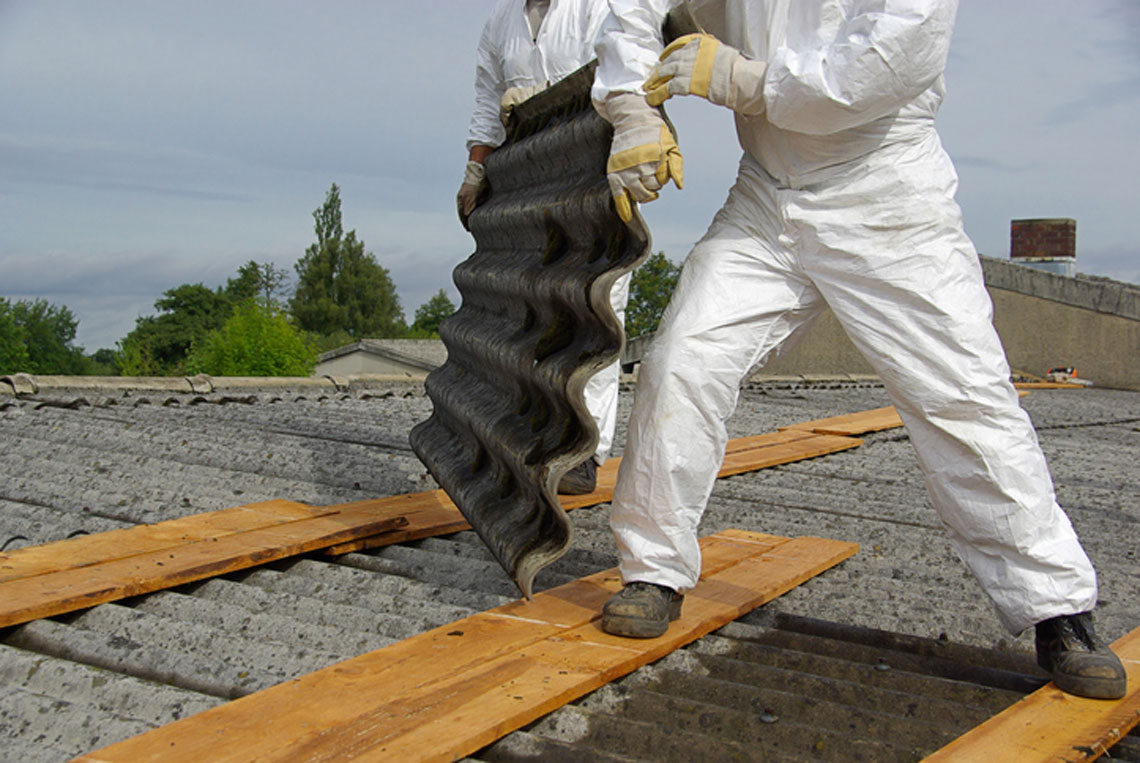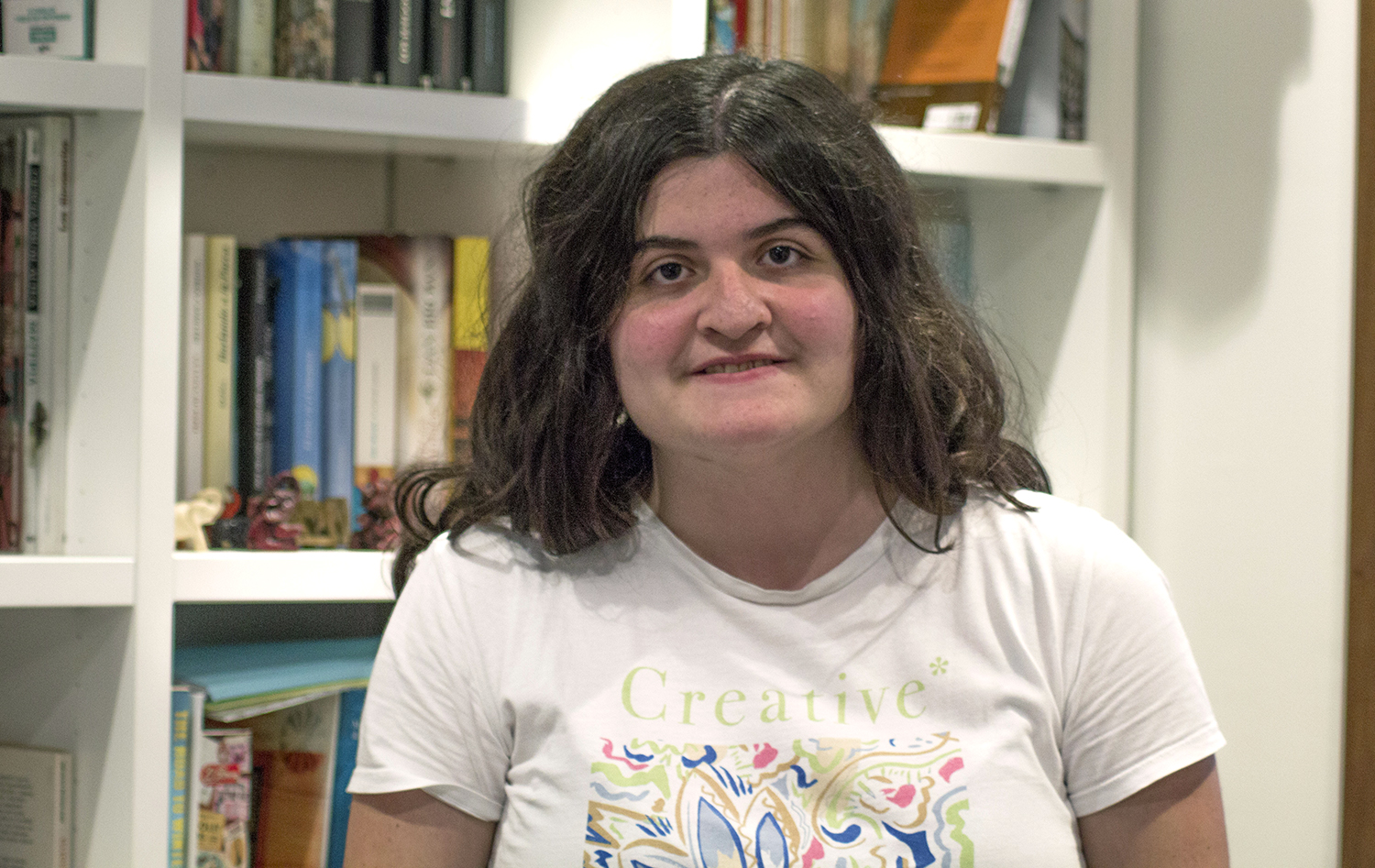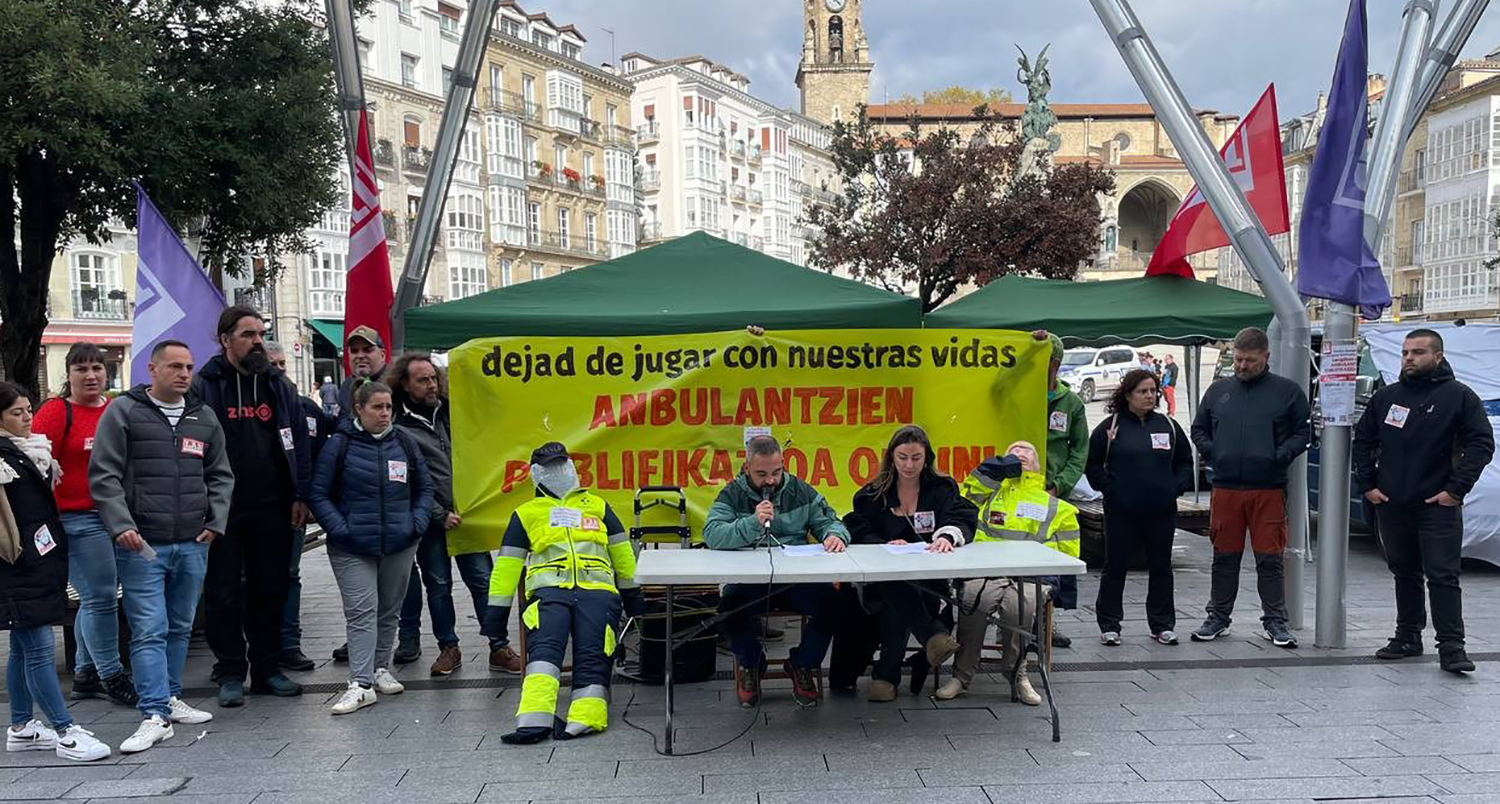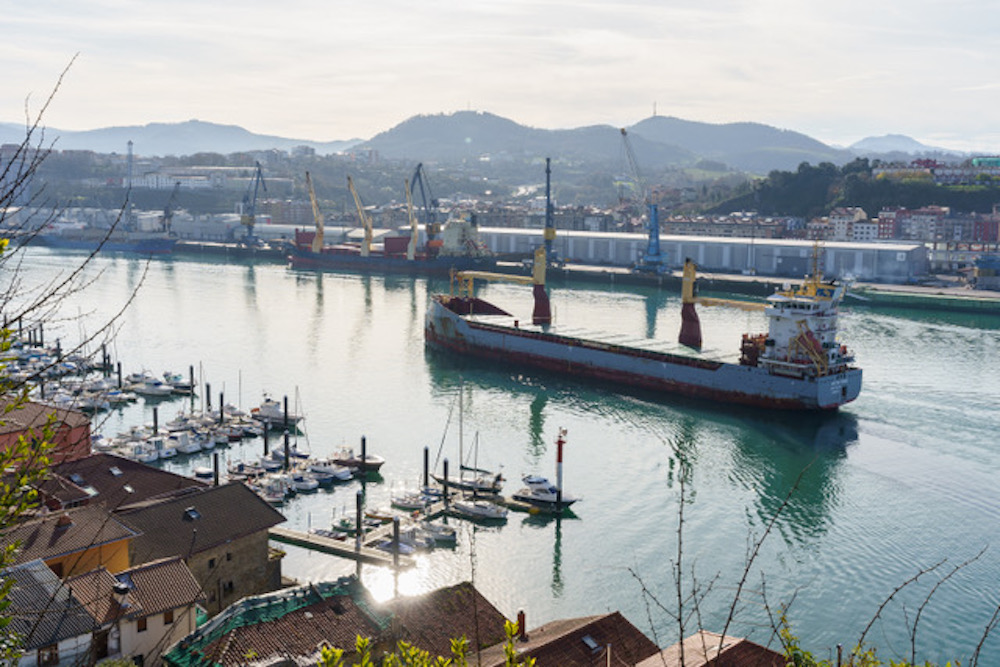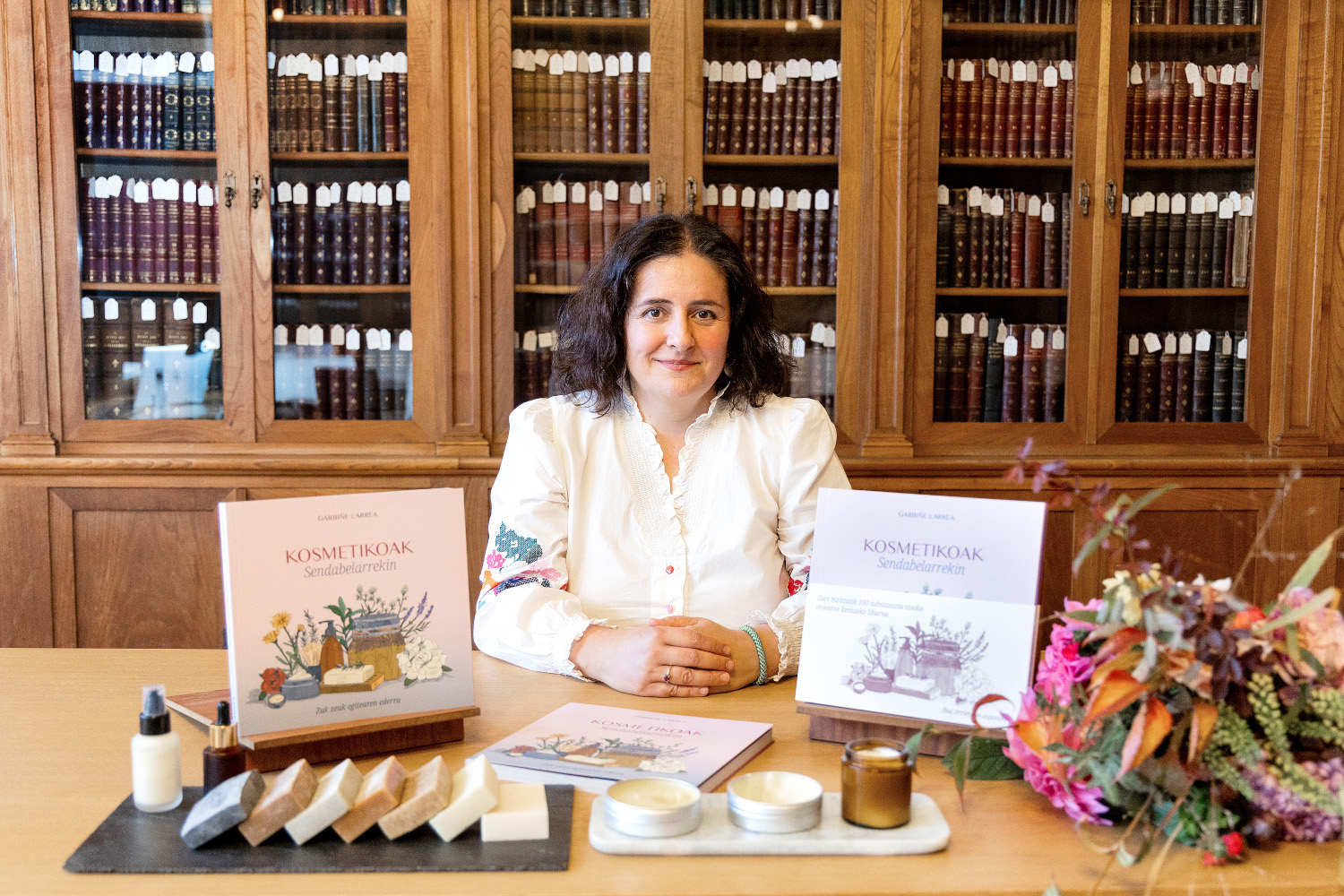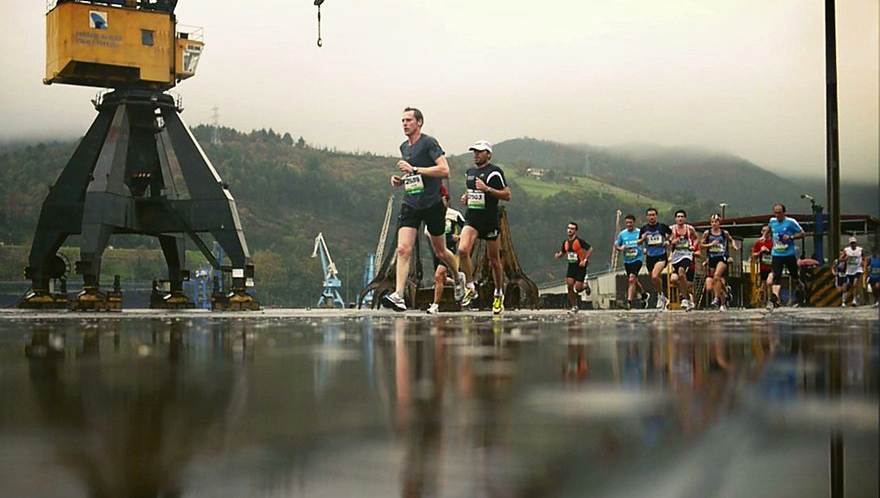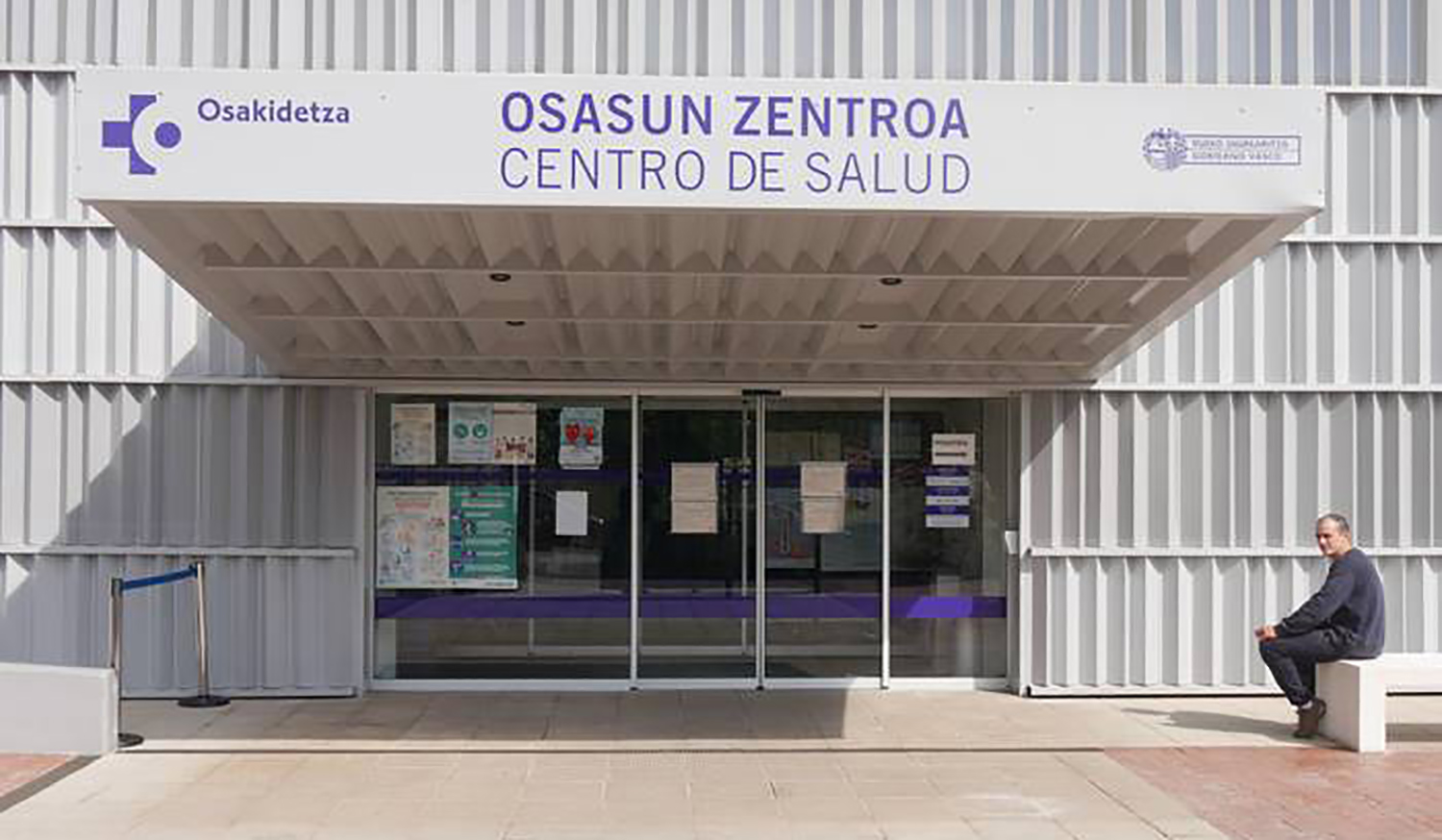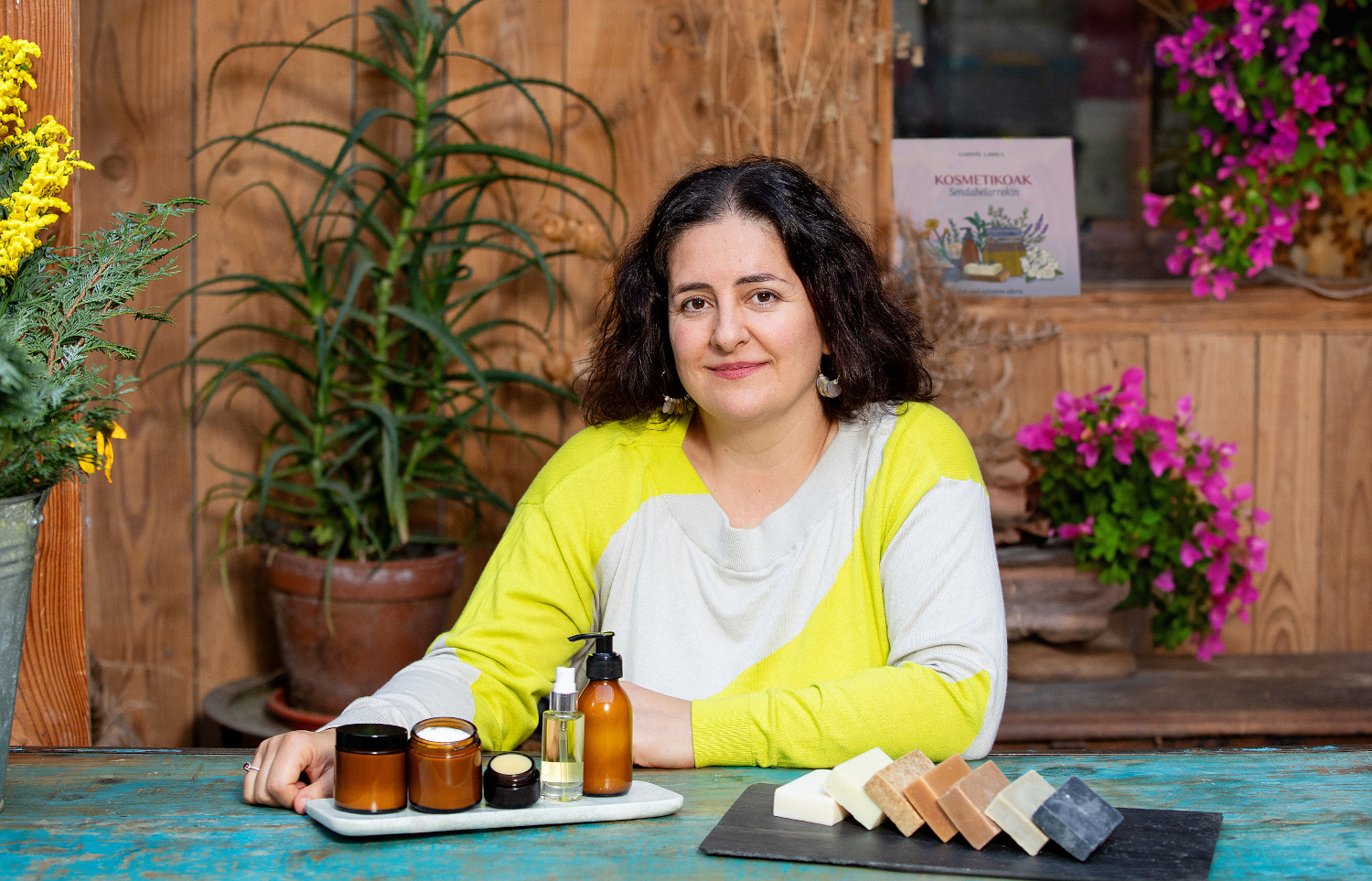"Superstition has a scientific explanation."
- Know the medicinal plants, collect them and prepare the ointments with them. The whole process has been picked up by the UEU in a recent course in Pamplona. But it has had both reflection and technique. Talking about medicinal herbs leads to talking about folk medicine and official medicine, and the clashes between them. One question is the key to the debate. And that's what they've led to the title of the course.
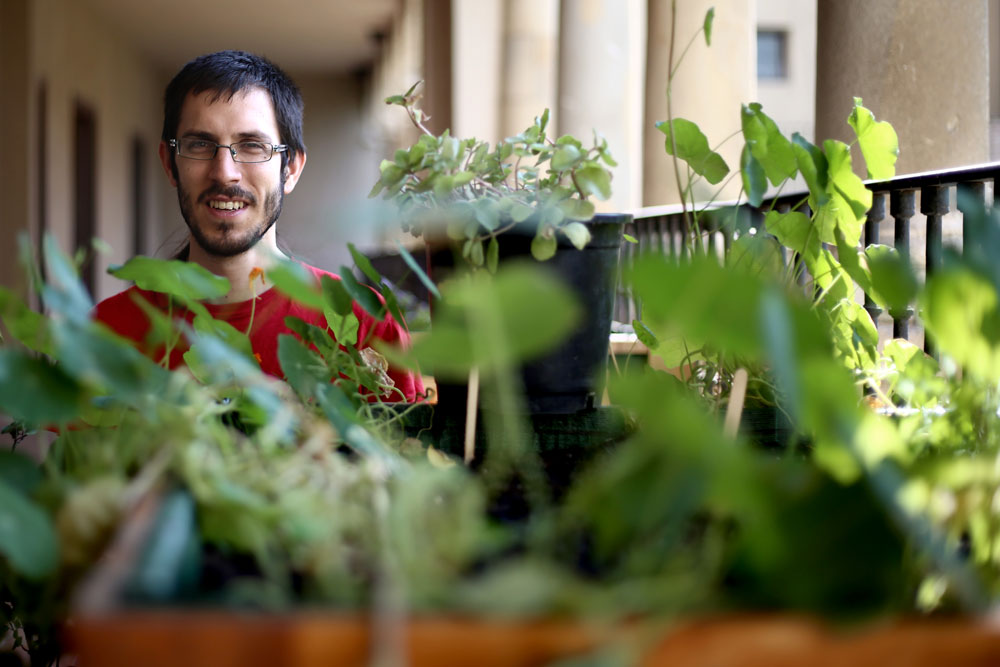
“Science or superstition?” With that you started the course of the question UEU.Esa has
a trap, because superstition is science as well, when we talk about placebo. In folk medicine there are rituals that have no material components, that have symbolic or magical components, and in them, but also in the current medical system, there is placebo. Placebo is the one that has an influence on meanings, even if it does not have content. Anthropology has determined that the content of a placebo is not chemical, but cultural: it is the meaning that causes it. When a doctor administers a pill, the meaning of the pill in our cultural context influences the psychological context of the patient, which generates a physiological response. Superstition therefore has a scientific explanation. It is true that for many diseases, or for most of them, not only is placebo worth. But in today's hospitals, clowns come to tell jokes to the children. This is placebo because it doesn't have any chemical composition. It's cultural: seeing a clown cheers the child.
Do the medicinal plants, therefore, both, the chemistry and the cultural?
Medicinal plants are drugs, neutral elements. In any medical system, be it official medicine, folk medicine or Chinese medicine, the plant is a neutral element. The question is how we use it, according to its chemical composition or its meaning. Sometimes one is more important and sometimes the other.
"Steps are being taken in the scientific-academic field to understand the mechanisms of placebo. In the end, what's the problem with placebo? It works."
They're natural, they can be found in the environment.
Yes, but also a pill is made with oil, and oil also comes from nature. Many plants, in addition, can kill you if you eat. So, natural ... For me, the natural-man dichotomy is always at stake, it does nothing. Well, it's OK for someone to have a mystical or religious theme with natural things, but if not, they don't have any other input.
In our environment, they were used in the housing society. In what context?
Course taught by me [XX. We based our attention on interviews with people born between the 1920s and 40s. There were no roads, no electricity, no water. The doctors didn't go home, there were no hospitals and they didn't have money to buy in the markets. In these conditions, medicinal herbs were important because there were no others.
What remains of this medicine?The
material, also cultural and social context, has changed radically and, therefore, has also changed the way of understanding diseases. Many elderly people say that when penicillin arrived, a lot of weed was stopped. Many will say there's a conspiracy there, but it's clear that people used penicillin because it worked. But it is true that in the loss of medicinal plants there has also been a political intention: when the State becomes a structure that manages the whole of society, it has to control people's lives. However, it cannot be denied that modern medicine has offered us many answers that previously did not exist and better.

What was the use of medicinal herbs?At least in
the early 20th century, they were used for minor things: problems related to the digestive system, superficial issues... Medicinal plants formed a homemade medicine chest and that is important, because today it would serve us: we do not go to hospitals for most health problems, but to pharmacies, to buy many things we can have around us: something to cure a wound, a stomach ache, a cold...
What can official medicine learn from folk medicine?
Official medicine also uses medicinal herbs. When I was a child, my mother was giving me eucalyptus vapor by prescription and the doctor can say “take a chamomile” or “take aloe vera” for a burn. So they're neutral elements. What official medicine and folk medicine do not have is a perspective of self-management of health. Folk medicine had it, maybe because it was something else. Today, however, there are structures that have replaced the whole of society and we have no control over our bodies.
Alternative medicines are often a source of mistrust and criticism. Why? Steps are being taken in the
scientific-academic field to understand what the mechanisms of placebo are. In the end, what's the problem with placebo? It works. The point is that often sasimedications are claimed without knowing if they work. One of the biggest problems in alternative medicines is that there is no clear methodology to determine whether a remedy is valid or not. Official medicine proves this, it has a methodology, and we'll agree or not, but it's clear that something works or not. In others there is no such thing, and hence mistrust. In the end, in a medical system, it's important to be at the root of truth.
“1986an jaio nintzen Galdakaon. Ingurugiro Zientziak ikasi ostean, ikerketa etnobotanikoan murgildu nintzen: okupazio eta autogestio mugimenduaren parte izanik, baserritar gizarte tradizionalak inguruko baliabideekin bizitzaren arlo gehienak asetzeko zuen gaitasunak erakarri ninduen. Hala, sendabelarretan eta basoko landare jangarrietan oinarrituta osatu nuen doktore tesia. Baserriz baserri adinduekin elkarrizketak egitearekin bat, Euskal Herrian zehar ikastaroak ematen hasi nintzen. Orain, kapitalismoak baserri munduan izandako garapena dut ikerketa lerro. Iraultzarako aukerarik ote dago? Zein norabidetan? Espero dut hurrengo bi edo hiru urteetan erantzunak izatea”.









